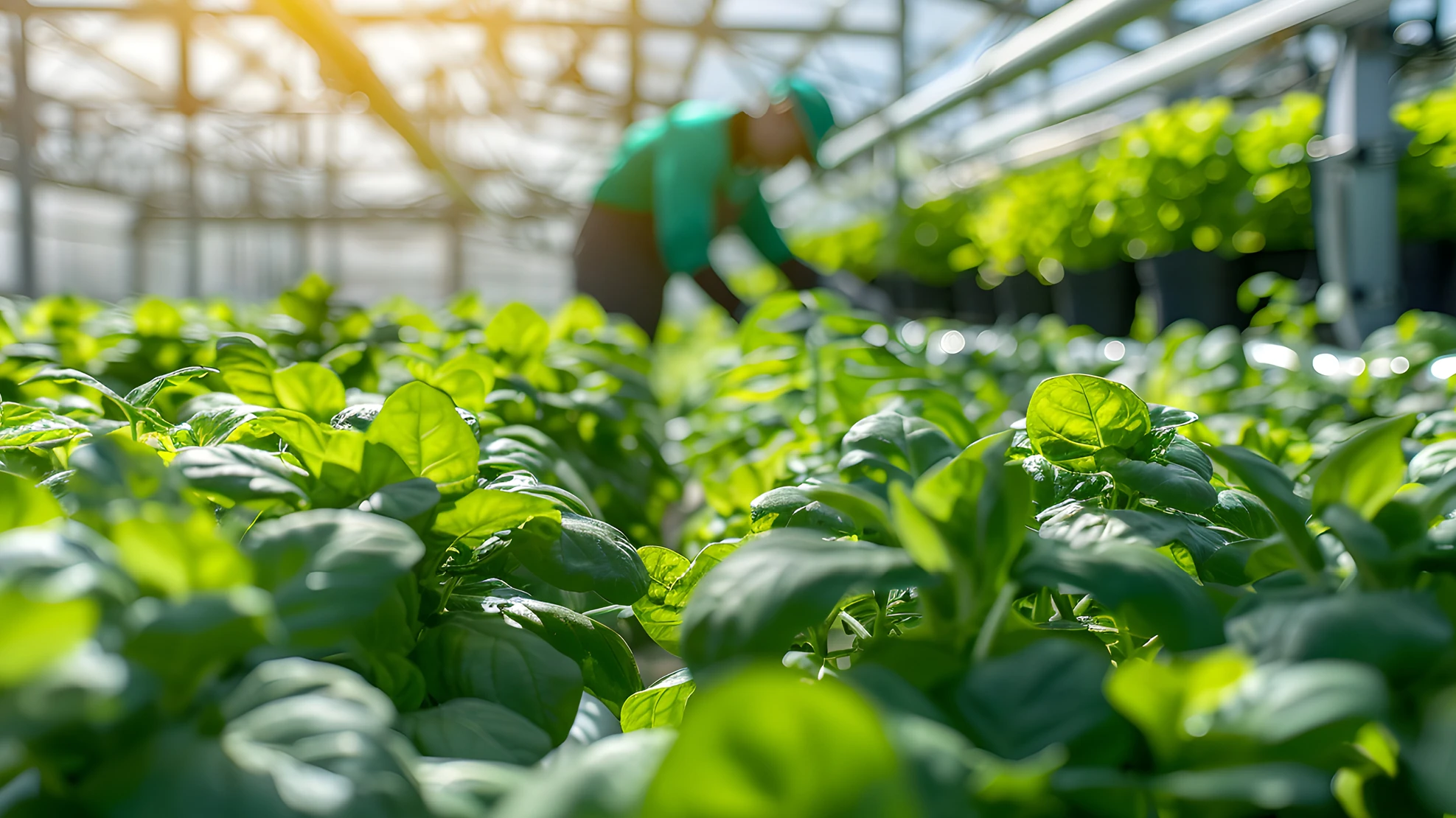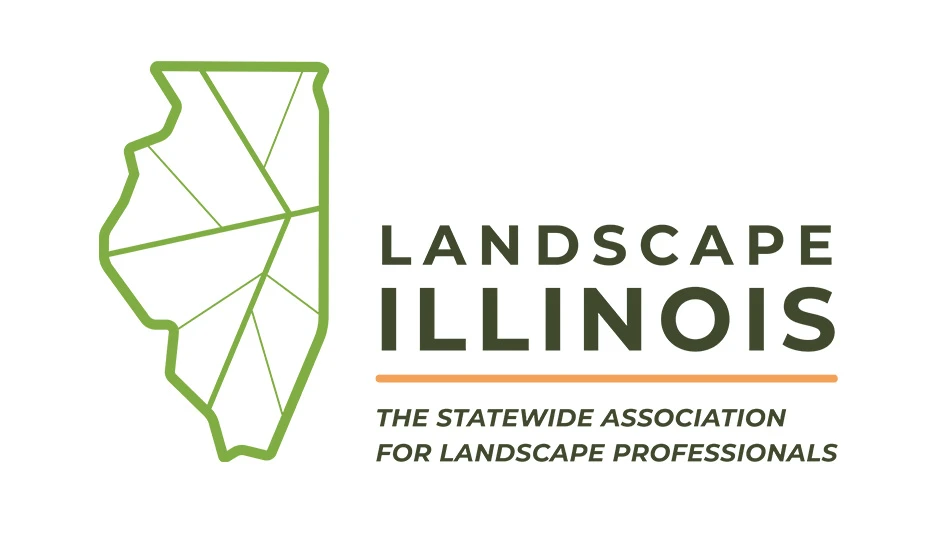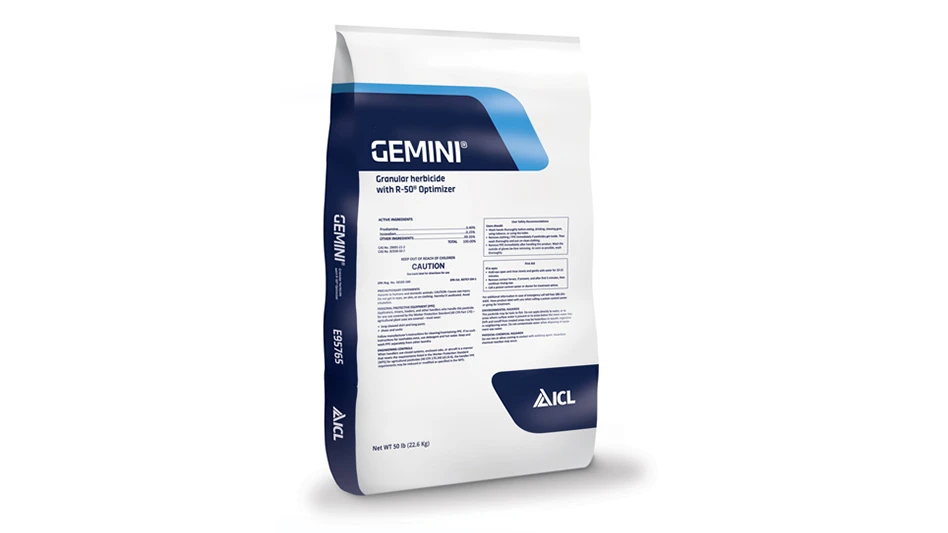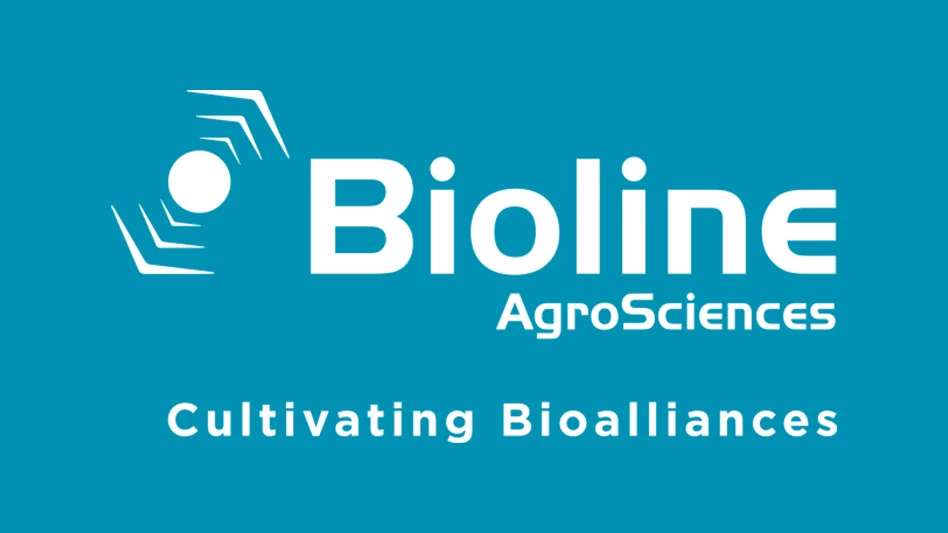 On March 19, 2014, the U.S. Environmental Protection Agency (EPA) proposed to revise the federal regulations issued under the Federal Insecticide, Fungicide, and Rodenticide Act (FIFRA) that direct agricultural worker protection (40 CFR 170). Taken collectively, these regulations are known as the Agricultural Worker Protection Standard, or WPS.
On March 19, 2014, the U.S. Environmental Protection Agency (EPA) proposed to revise the federal regulations issued under the Federal Insecticide, Fungicide, and Rodenticide Act (FIFRA) that direct agricultural worker protection (40 CFR 170). Taken collectively, these regulations are known as the Agricultural Worker Protection Standard, or WPS.
The current WPS provisions have been in place since 1992. Drawing from 20-plus years of implementation and a thorough stakeholder review, EPA decided it was time for an update. The proposal reflects current research on best practices for mitigation of occupational pesticide exposure to agricultural workers and handlers. It aims to strengthen the protections provided to agricultural workers that handle pesticide products under the WPS by improving elements of the existing regulation, such as training, notification, communication materials, use of personal protective equipment, and decontamination supplies. The EPA expects the revisions, once final, to prevent unreasonable adverse effects from exposure to pesticides among agricultural workers and pesticide handlers; vulnerable groups, such as minority and low-income populations, child farmworkers, and farmworker families; and the general public.
|
Proposed changes to the Agricultural Worker Protection Standard (WPS) • Increased frequency of mandatory trainings (from once every five years to annually) to inform farm workers about the protections they are afforded under the law, including restrictions on entering pesticide-treated fields and surrounding areas, decontamination supplies, access to information and use of personal protective equipment. • Expanded mandatory posting of no-entry signs for the most hazardous pesticides; the signs prohibit entry into pesticide-treated fields until residues decline to a safe level. • First time-ever minimum age requirement: Children under 16 will be prohibited from handling pesticides, with an exemption for family farms. • No-entry buffer areas surrounding pesticide-treated fields will protect workers and others from exposure from pesticide overspray and fumes. • Measures to improve the states’ ability to enforce compliance including requiring employers to keep records of application-specific pesticide information, as well as farmworker training and early-entry notification for two years. • Personal protection equipment (respirator use) must be consistent with the Occupational Safety & Health Administration standards for ensuring respirators are providing protection, including fit test, medical evaluation, and training. • Make available to farm workers or their advocates (including medical personnel) information specific to the pesticide application, including the pesticide label and Safety Data Sheets. • Continues the exemptions for family farms. |
One sticking point with the WPS is the importance and independence of family farms. The EPA recognizes that many of these businesses rely on immediate family to complete these tasks. These revisions aim to protect workers while ensuring agricultural productivity and preserving the traditions of and exemptions for family members working on family farms.
When EPA opened the proposal to comments, it received plenty of feedback. The comment period was extended an additional 60 days, until August 18, 2014, in response to requests from growers, industry, farmworker advocates and states for additional time to provide input.
“The opportunity to revise the rule may not come again for some time, so we are committed to getting it right,” said Jim Jones, assistant administrator for the Office of Chemical Safety and Pollution Prevention. “Updating the 20-year old regulation to provide more protections to the nation’s two million farm workers and their families from pesticide exposure is a priority for EPA.”
The extended deadline led to a flurry of comments from members of the horticulture industry, and the trade associations representing them. The Georgia Green Industry Association, which represents more than 650 wholesale nurseries, landscape and irrigation companies, and garden centers, used its comment to state its opposition to the new regulations.
“We are concerned that EPA has failed to adequately justify the need for many of the changes now being proposed, and that EPA woefully underestimates the regulatory cost burdens that will result if many of the proposed changes are made final,” wrote the association’s executive director, Sherry Morris, in an Aug. 18 letter to EPA. “This proposal will impose additional legal burdens on farmers, increase workplace obligations, expose growers to third party lawsuits, and increase costs with no proven beneficial effects.”
AmericanHort also filed its official comments on August 18, calling for EPA to withdraw or dramatically scale back the proposed rule. In addition to concerns about the adverse economic impact on nursery, greenhouse and floriculture operations, the association suggests that EPA should focus the necessary resources to work with state pest control regulators and agricultural stakeholders to enhance the effectiveness of the current WPS, rather than re-write the standard that has served growers and their employees well for the past few decades.
Craig Regelbrugge, senior vice president of Industry Advocacy & Research for AmericanHort, hopes the EPA takes grower concerns into consideration before a final rule.
“There is no set or required timeframe for EPA, and clearly they’ve received a lot of comments so it does take time for them to be reviewed and characterized,” Regelbrugge says.
Kevin Keaney, branch chief of the Office of Pesticide Programs, Field and External Affairs Division of the EPA, provided an update that sheds light on the tremendous scale of this project. “We are finishing the review and our responses to the 23,000-some comments,” he says.
“We are scheduled to publish the final regulation in late August or early September.”
Properly equipped
EPA says its proposed changes “provide significant improvements to worker training regarding the safe use of pesticides, including how to prevent and effectively treat pesticide exposure.” A big part of safety is the use of personal protective equipment, or PPE.
The EPA’s Labeling Requirements for Pesticides and Devices require that pesticide products sold for agricultural use include precautionary label statements addressing dermal protection. Any product that contains a pesticide – including baits, aerosols, fertilizers, seed, organic pesticides, even “natural” products – must be handled using the required PPE in the correct way. The required PPE could be chemical-resistant gloves or a respirator. It varies for different pesticide products and for different formulations of the same product. The required PPE may be different for tasks such as mixing, loading, application, repair, cleanup and/or early entry into a treated area.
PPE requirements can change at any time due to new research and/or regulatory requirements, so read the entire label every time you purchase a pesticide. The current PPE regulations under the current WPS are available here: www.epa.gov/oppfead1/safety/workers/protective-equipment.html.
|
Here are some fundamental principles concerning the use of personal protective equipment, from WSSA. • Correct selection of PPE is critical. A “water-resistant” material is different than a “chemical-resistant” material. Chemical-resistant aprons, coveralls, eye protection, footwear, gloves and headgear are not equally resistant to all pesticides, under all conditions. • Pesticide labels will usually list “examples” of suitable glove types. Use one of the examples listed unless you are willing to do the research to ensure other types meet the same chemical-resistance requirements. Never wear canvas, leather, cotton or other fabric gloves unless specified on the pesticide product label. • Wear sleeves outside the gloves if spraying below the shoulders and inside the gloves if spraying overhead. If spraying both overhead and below the shoulders, duct tape can be used to temporarily seal the area where the gloves meet the sleeves. Always wear pant legs outside your footwear. Exposed footwear should be cleaned after each day’s use and should never be worn indoors. • If a respirator is required, use the exact type specified on the label and make sure it is certified by National Institute of Occupational Safety and Health. Whether you are required to use a respirator or choose to do so, an initial medical evaluation is strongly advised, even if not required by law. Certain respirators require a tight seal to the face and must be fit tested by a trained person before the first use, annually, and when there are significant changes in weight or facial features. In addition, conduct a seal check before every use, according to PPE instructions. Replace respirator filters, canisters, cartridges, etc. according to the PPE instructions and whenever there is equipment damage, breathing resistance, odor, taste, irritation or soiling. • Remove PPE as soon as you complete tasks where you were exposed to the pesticide. Wash your gloves with soap and water, even if they are disposable, and then remove other PPE while still wearing the gloves. Then wash the gloves again with soap and water before removing them. • If your PPE is reusable, follow the specified cleaning and maintenance instructions. Before and after every use, check for any type of deterioration or damage to components, seams, etc. and dispose of the PPE properly if it is no longer usable. Never reuse any type of disposable (one-time use) PPE. • Wash regular work clothes that have been exposed to pesticides as soon as possible to ensure maximum pesticide residue removal. Wash them separately from other laundry using detergent and hot water. • Follow the manufacturer’s storage instructions for both reusable and disposable PPE. Keep PPE in its sealed package until use, and never store with pesticides or personal clothing. Most PPE must be protected from chemicals, sunlight, extreme temperatures, excessive humidity and moisture, or the specified shelf-life will be reduced. • Dispose of PPE carefully to avoid contamination to yourself, others or the environment. Properly cleaned PPE can be disposed of as regular garbage, while PPE that is contaminated with a pesticide must be disposed of according to directions on the pesticide product label and in compliance with all federal, state and local regulations. In the absence of specific label directions or government regulations, dispose of contaminated PPE as household hazardous waste, which can be taken to an appropriate waste collection event or disposal site. • Sometimes PPE is uncomfortable, particularly when working in hot weather. However, hot weather is never a good excuse for not using the required PPE. Attempt to work outdoors during the coolest periods of the day. Take all necessary steps to avoid heat stress, including frequent rest breaks in shaded areas and drinking plenty of water (not caffeinated drinks). Don’t work alone. Know the signs of heat stress and how to treat it. Any circumstances that cause PPE discomfort and/or reduce protection must be resolved in a way that does not cause a health hazard. • If an accident results in exposure to the pesticide, follow the first aid instructions on the label. The proper first aid varies depending on the product and type of exposure, so it is critical that the label is always immediately available to the pesticide user as required by law. Follow the first aid instructions immediately after exposure, even if you do not have any symptoms. |
More resources available
The cooperative extension programs at land grant universities are active in the training of agricultural personnel and offer training to satisfy EPA’s requirements for WPS. There are several other organizations that provide education, training or simple information about PPE and WPS, from the Weed Science Society of America, the Association of American Pest Control Officials, to the American Association of Pesticide Safety Educators.
The WSSA published a series of articles regarding education of pesticide handlers and are available at www.wssa.net. Find your closest extension here: http://www.csrees.usda.gov/Extension/. To find your local pest control official, visit the AAPCO website, www.aapco.org/officials.html.
In the most-recent the Journal of Pesticide Safety Education (www.jpse.org), the AAPSE published a research article: “Call for Clear and Accurate Communication about PPE for Dermal Protection for Pesticide Handlers.” The authors, Anugrah Shaw and Courtney Harned of the University of Maryland Eastern Shore and Carol Black, extension specialist at Washington State University, believe that EPA needs to review its processes, science and information management to more clearly communicate what PPE is required to protect pesticide handlers. This is an important issue, because confusing or inaccurate PPE statements on pesticide labels negate the time, effort and resources expended in conducting exposure studies, risk assessment, risk mitigation and training.

Explore the June 2015 Issue
Check out more from this issue and find your next story to read.
Latest from Greenhouse Management
- 2025 Proven Winners Horticulture Scholarship applications now open
- How to improve inventory and shipping management in the greenhouse
- Leading Women of Horticulture: Anna Ball, Ball Hort, and Terri McEnaney, Bailey Nurseries
- GM CEA HERB Part 2: A guide to increasing the sowing density of culinary herbs
- GM CEA HERB Part 1: Best practices for producing culinary herbs in controlled environments
- USDA fires experts on invasive pests, including Asian citrus psyllid, chilli thrips
- CEA Alliance celebrates bipartisan introduction of Supporting Innovation in Agriculture Act
- Dümmen Orange North America celebrating 25th anniversary in 2025








